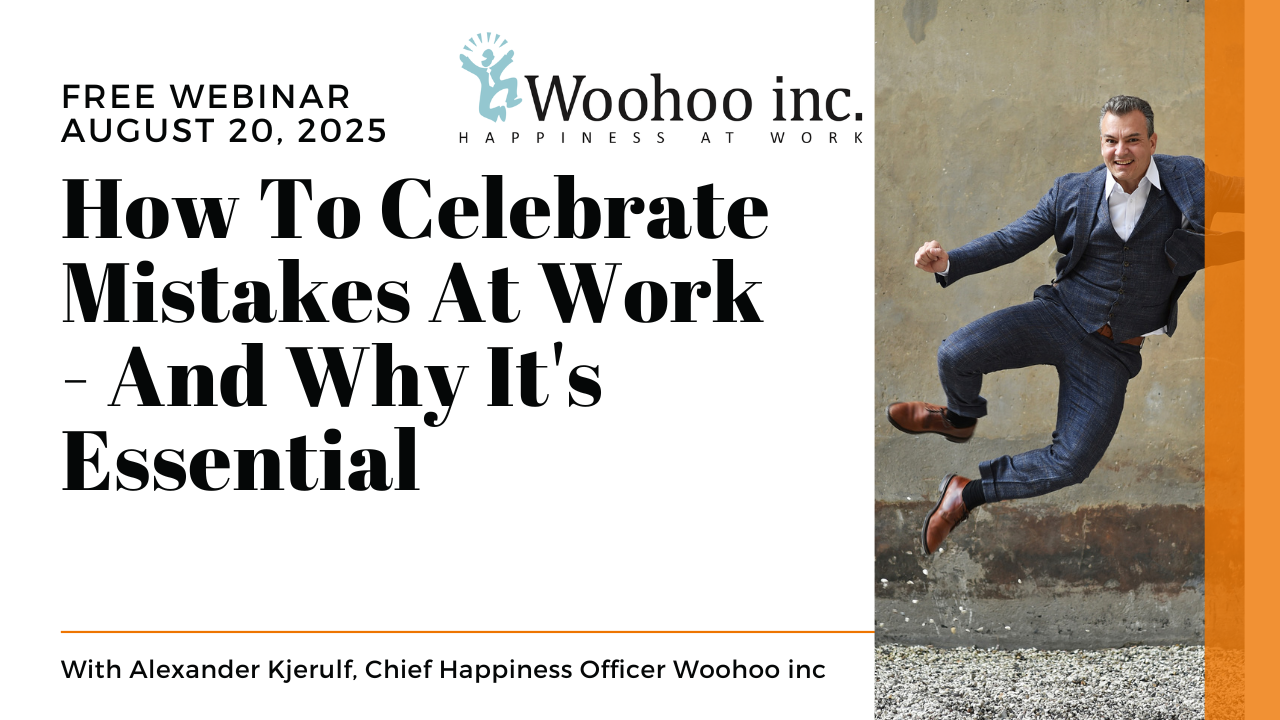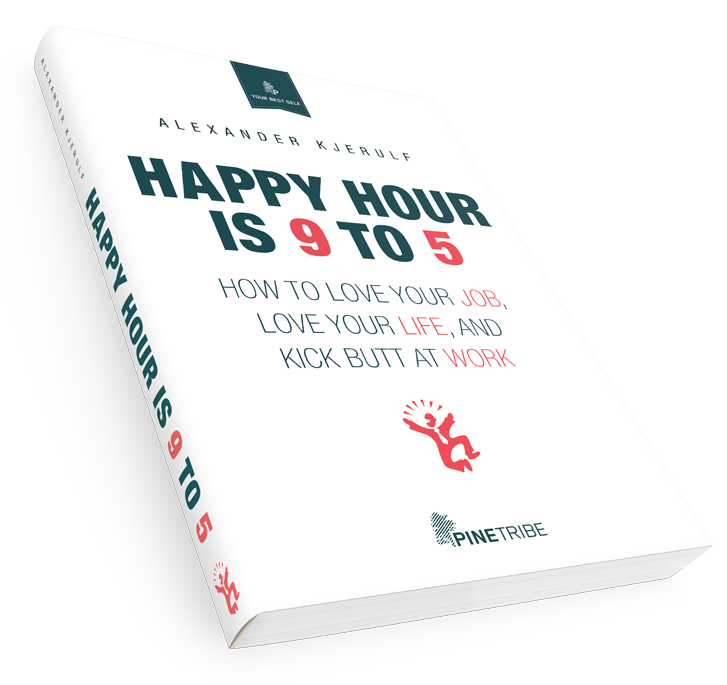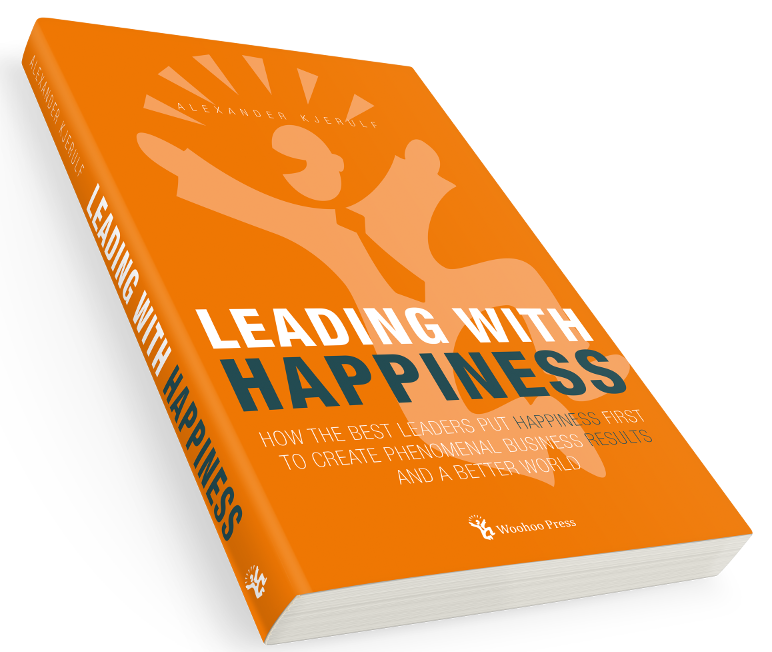The brazillian city of Curitiba is a model of innovation. They have pioneered many solutions that at first glance seem almost too simple to work, but which have nevertheless helped create a city with a high standard of living and a high level of environmental consciousness. An example:
Curitiba’s citizens separate their trash into just two categories, organic and inorganic, for pick-up by two kinds of trucks. Poor families in squatter settlements that are unreachable by trucks bring their trash bags to neighbourhood centres, where they can exchange them for bus tickets or for eggs, milk, oranges and potatoes, all bought from outlying farms.
The trash goes to a plant (itself built of recycled materials) that employs people to separate bottles from cans from plastic. The workers are handicapped people, recent immigrants, alcoholics.
Recovered materials are sold to local industries. Styrofoam is shredded to stuff quilt for the poor. The recycling programme costs no more than the old landfill, but the city is cleaner, there are more jobs, farmers are supported and the poor get food and transportation. Curitiba recycles two-thirds of it garbage – one of the highest rates of any city, north or south.
I find this particularly interesting for two reasons: First of all this indicates, that developing countries can raise the standard of living without impacting the environment negatively.
Secondly, the Curitiba initiatives are an example of what you can achieve with limited financial resources but with a high level of creativity and a willingness to try unconventional solutions. The man behind the initiatives, mayor Jaime Lerner, made all the projects small, cheap and participatory. My kinda thinking!
This all came from an article at the Global Ideas Bank.





